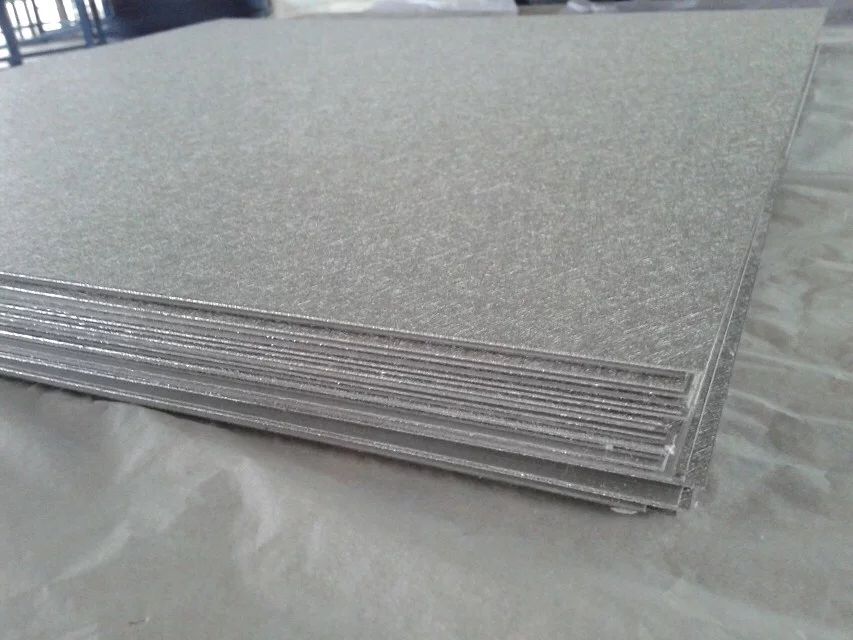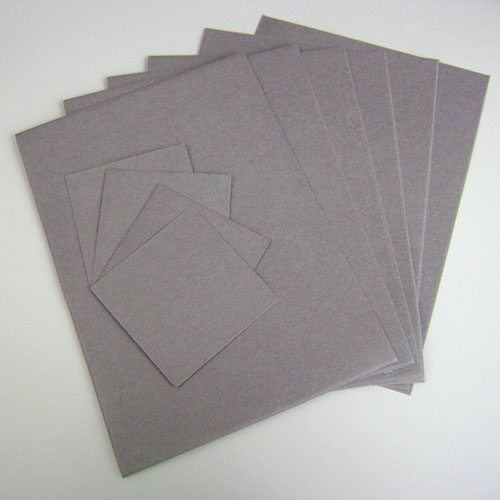In the process of growing rice, it often causes "dry heart" due to diseases or insect pests. Correctly judging the causes of the "dry heart" of rice and taking timely and targeted measures to prevent and control it are effective measures to ensure high yield and stable yield of rice. The simple diagnosis of rice "dry heart" Insect damage caused by the "dry heart" Dagu, Erhuaxi, Sanhua and other rice can cause "dry heart." The main differences are as follows: The symptoms of genital warts are characterized by large wormholes, large intestine excrement, and feces generally lining between rice leaf sheaths and stems. The stems, leaves, sheaths, and leaves of the rice were yellow. The damage is heavier in the rice field and lighter in the middle of the field. The larvae of S. indicum show that the hatchlings of the eggs hatched on the inside of the leaf sheaths of the rice and ingested them. The water-stained macules appeared outside the damaged leaf sheaths and then gradually yellowed and died. The young larvae enter the rice stem after being slightly larger, resulting in the yellowing of the tip of the flag leaf of the rice and the death of the heart and leaves in severe cases. There are wormholes on the stalks of indica rice. There are few worms outside the hole and more insects in the hole. The culprit of the Sanhuai cricket is that the young pupa feed on the heart of the rice leaf first, resulting in the dehydration of the heart and leaves, such as onion tube and blue and white, commonly known as “false dry heartâ€. The curled heart was drawn out, showing that the section was neat. The stem borers of the japonica rice were smaller and there were no insect feces outside the holes, and there were white fine-grained insect feces in the holes. The "dry heart" rice virus disease and bacterial leaf blight caused by disease can cause rice "dry heart". The difference is: the symptoms of "dry heart" caused by virus disease are similar to the "dry heart" caused by Sanhua rice dumplings. However, there are no wormholes on the rice stems, no insects, the heart leaves are not easy to pull up, and the leaves are clamped in the glass to squeeze the sterile pus. The "dry heart" caused by bacterial leaf blight is mostly caused by rice tillering. After the onset of disease, the diseased plant leaves or 1~2 leaves below the heart lose water, curl, blue and dry, necrosis, followed by other leaves gradually curled, blue and dry, and finally the whole plant leaves withered. A small piece of fresh diseased leaf was squeezed and squeezed in a piece of glass. When the light was viewed, there was an outflow of yellow bacteria within the rim of the vein. Rice Prevention and Control Measures For the "dry heart" caused by locust damage, it can be used to prevent and treat symptomatic insecticides such as Ruijint, special killing larvae and insects. For the "dry heart" caused by the virus disease, the rice seeds should be soaked with strong chlorine before rice sowing, and the prevention and control of insecticides such as rice planthoppers and leafhoppers should be well done. For the "dry heart" caused by bacterial leaf blight, in addition to doing a good job of disinfecting rice seeds, in the early stages of the bacterial blight, spraying Shibaoling and Yekuning should be used to prevent and treat the disease.
Metal fiber sintered felt filter medium
Describe:
Metal fiber sintered felt (diameter to micron) is made of non-woven, superimposed and sintered at high temperature.
Characteristics
In stainless steel sintered felt, the pore gradient is formed by different pore size layers, which can control the filtration accuracy and the amount of dirt absorption of stainless steel sintered felt. It has the characteristics of three-dimensional mesh, porous structure, high porosity, large surface area, uniform distribution of pore size and so on. As a result of the above structure and characteristics, stainless steel sintered felt can effectively compensate for the weakness of metal NetEase plugging and vulnerability, and can make up for the fragility of powder filtration products and the shortage of small flow rate. It has the heat resistance of ordinary filter paper and filter cloth that can not be compared with each other. The stainless steel metal sintered felt is an ideal Filter Material with high temperature resistance, corrosion resistance and high precision
1. The pressure rises slowly, the replacement period is long
2. High porosity and good permeability, small pressure loss, large flow rate
3. Corrosion resistance, high temperature: acid, alkali, organic solvents, pharmaceuticals and other corrosion, can be used in the environment of 480 ℃ for a long time
4. Easy to process, molding, welding
5. According to the requirements of users, special production of enhanced, thickened, protective network and other specifications.
Applications:
Stainless steel sintered felt has excellent filtration performance and is an ideal high-temperature, corrosion-resistant and high-precision filter material. Widely used in polymer filtration, petrochemical, electronic high temperature gas dedusting, refining process filtration, viscose filtration, ultrafilter prefiltration, vacuum pump protection filter, filter membrane support, catalyst carrier, automotive airbag, Aircraft, ships and other fuel filtering, hydraulic system filtering.
Air Filter Material,Metal Filter Materials,Filter Material Medium,Sintered Wire Mesh Henan Sinofiltec Technology Co.,Ltd , https://www.airfilters.pl


